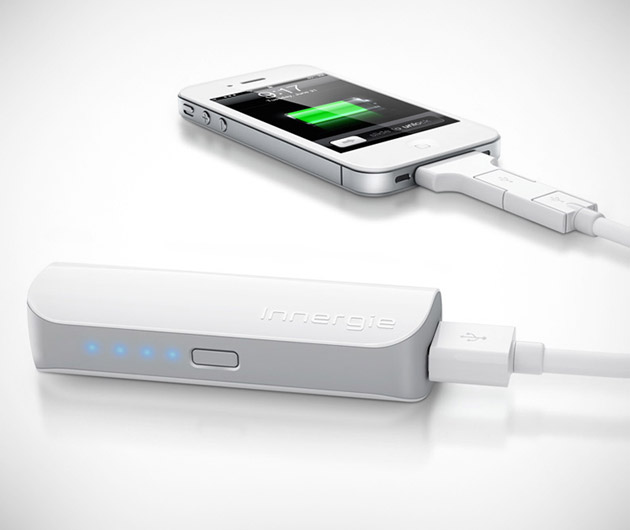Glass Dreams and Folding Futures: Apple’s 2027 Vision Could Rewrite the Smartphone Rulebook
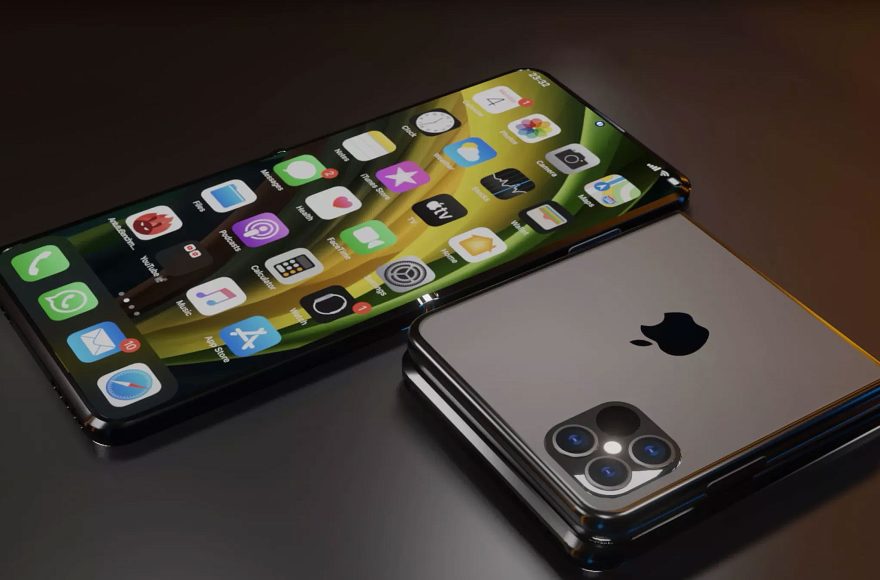
Remember when the iPhone X landed and suddenly made every other smartphone look ancient? Get ready for history to repeat itself—but with even more dramatic consequences. Apple’s reported plans for its 20th-anniversary iPhone in 2027 suggest we’re on the cusp of another revolutionary leap that could make today’s cutting-edge devices feel like prehistoric relics. The tech giant appears poised to unveil both a radically redesigned Pro model embracing Jony Ive’s original “single sheet of glass” vision and the company’s first-ever foldable iPhone.
What makes this potential shake-up so significant isn’t just the dramatic aesthetic overhaul. It represents Apple’s calculated return to design-first thinking after years of prioritizing performance over minimalist beauty. Could this anniversary release redefine our expectations of what a smartphone should be, just as the original iPhone did two decades earlier?
THE EVOLUTIONARY PATH TO 2027
Apple’s strategy follows its historical pattern of gradual innovation punctuated by revolutionary leaps. The iPhone 17 Air, expected in late 2025, serves as a critical stepping stone with its ultra-thin 5-6mm profile, testing materials and manufacturing techniques for future models. Meanwhile, the iPhone 17 Pro will retain a familiar form factor with only minor camera adjustments. These intermediate releases suggest Apple is conserving its most radical changes for the 2027 milestone.
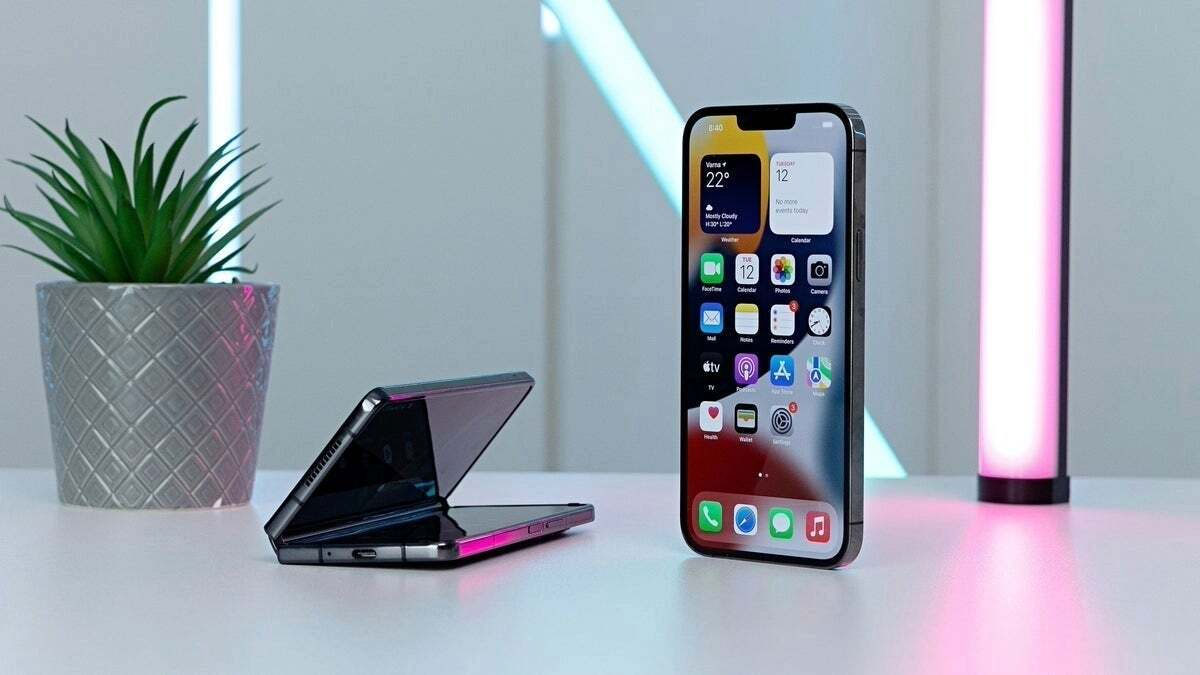
The anniversary models, likely branded as the iPhone 19 Pro or iPhone 20 series, will culminate this evolution. The Pro variant will feature extensive glass surfaces, potentially wrapping around the device’s edges to create a seamless, “single sheet of glass” appearance—a concept championed by former design chief Jony Ive. This design philosophy echoes the iPhone X’s leap to an all-screen interface, which eliminated the home button and established Face ID as the new biometric standard.
JONY IVE’S GLASS FANTASY FINALLY REALIZED
Since the original iPhone’s debut, Apple’s design team has harbored an almost mythical vision: creating a device that appears to be nothing more than a seamless sheet of glass. This dream has influenced countless design decisions over the years, from eliminating the headphone jack to shrinking bezels. Yet hardware limitations and practical concerns have always forced compromises—until now, perhaps.
Despite leaving Apple in 2019, Ive’s design principles continue to shape the company’s trajectory. The 2027 Pro model represents the apotheosis of his philosophy, with structural glass panels potentially replacing traditional aluminum or titanium frames. Leaks suggest Apple may employ ultra-strengthened glass composites or hybrid materials that mimic glass’s aesthetics while improving durability.
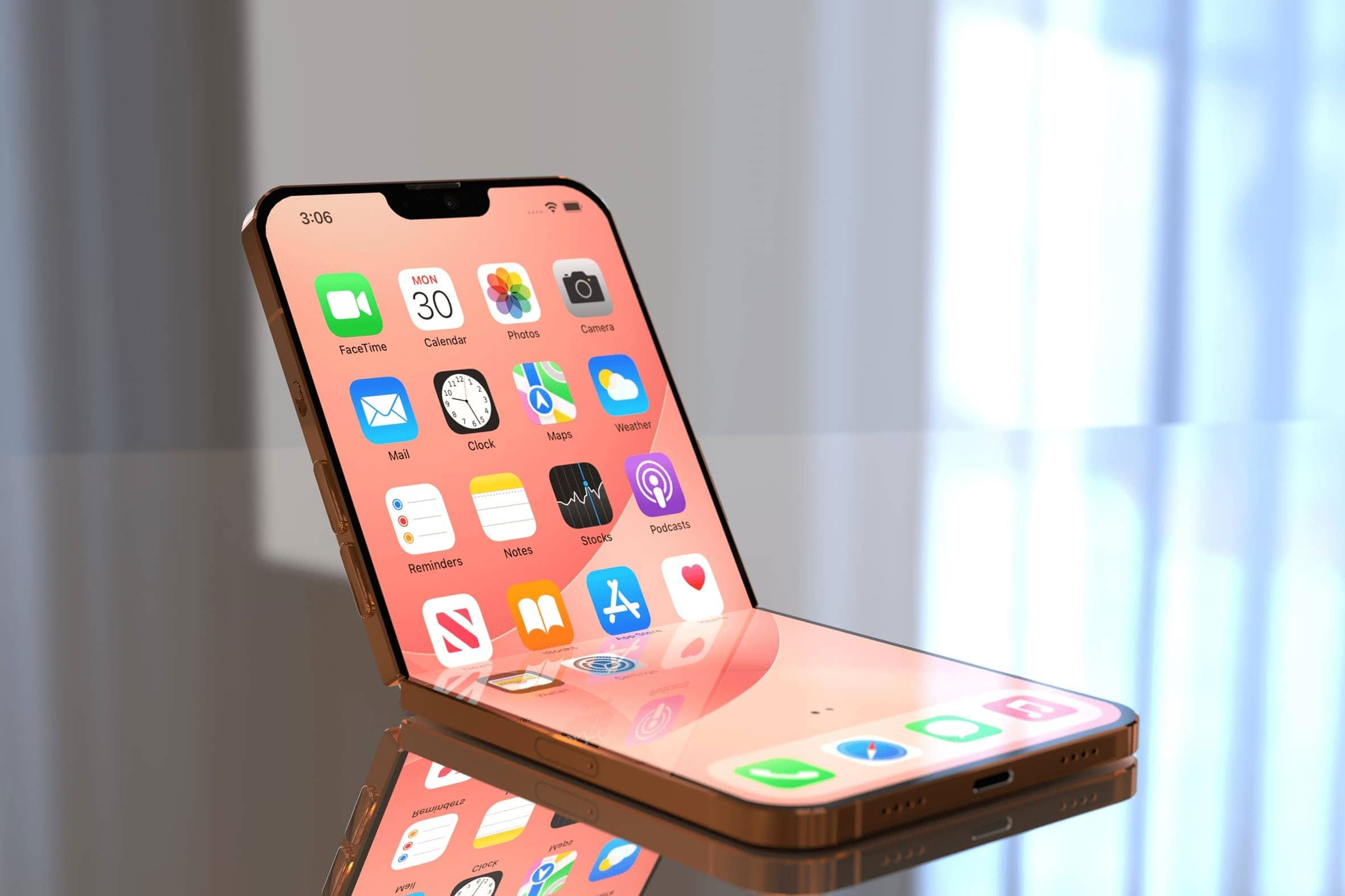
This glass-forward approach raises significant engineering challenges. Current smartphone glass, even with ceramic coatings, remains prone to shattering. Apple’s solution may involve proprietary laminates or a titanium skeleton akin to the iPhone 15 Pro’s frame. Repairability presents another hurdle—would a cracked panel require replacing the entire device? The answers could determine whether this design represents genuine innovation or merely stylistic indulgence.
FASHIONABLY LATE TO THE FOLDING PARTY
While Samsung, Motorola, and Google have spent years refining their foldable offerings, Apple has remained conspicuously absent from this category. According to multiple reports, 2027 will finally mark Apple’s entry into the foldable market with a book-style design featuring a 6.1-inch external display that unfolds to reveal a spacious 12-inch internal screen.
This patient approach is quintessentially Apple—entering a market only after others have worked through the most obvious problems, then delivering a refined experience that potentially redefines the category. By 2027, the company will have had nearly eight years to observe the foldable market’s evolution while developing proprietary solutions to persistent issues.
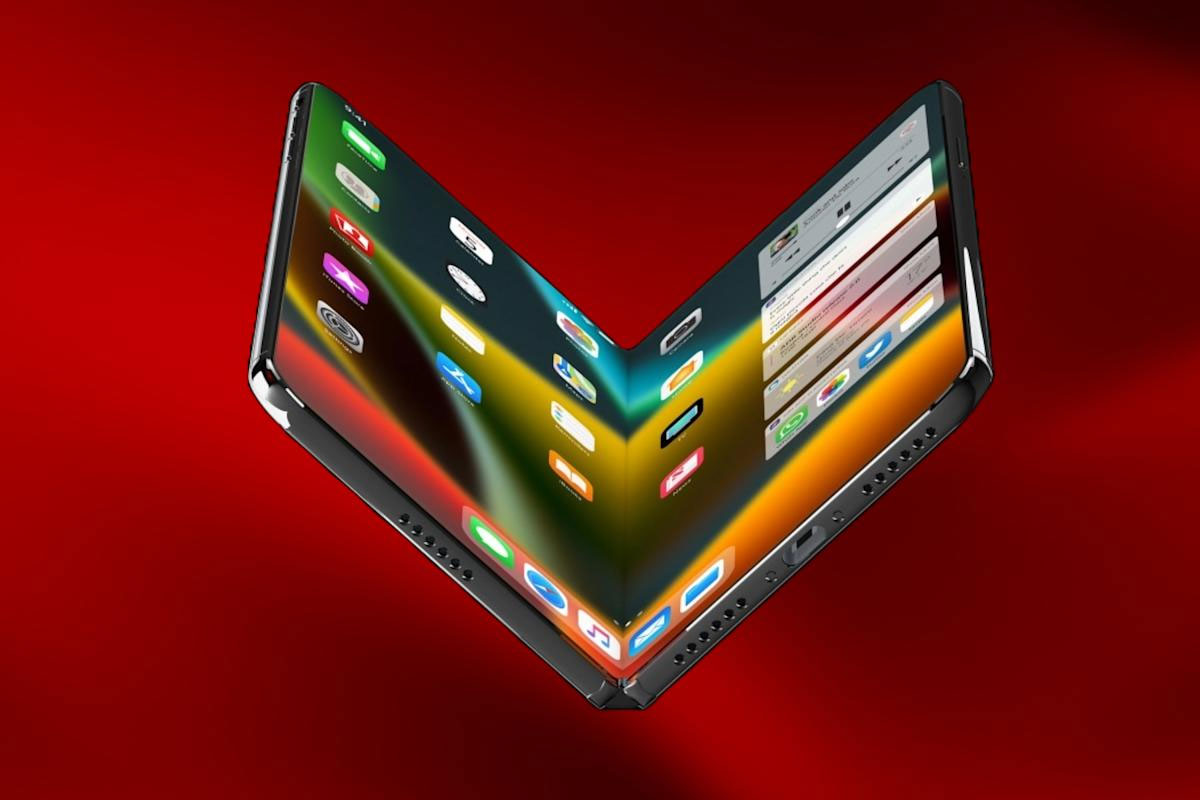
Screen creasing remains a particular concern—current foldables rely on plastic polymer screens that develop permanent creases over time. Apple is reportedly testing ultra-thin glass (UTG) with flexible substrates. Hinge design represents another critical focus area. Current foldables average just 2-3 years of usable life due to hinge wear; Apple’s approach, rumored to use magnetic levitation for frictionless movement, aims for a 5-year lifespan comparable to traditional iPhones.
Analyst Ming-Chi Kuo suggests Apple’s foldable could cost between $2,000 and $2,500—a premium even by Apple’s standards. The company’s ecosystem integration could justify this pricing for many loyal users, especially if the device delivers capabilities genuinely unavailable in traditional form factors.
THE SOFTWARE DIMENSION
Hardware redesigns never exist in isolation at Apple. For a predominantly glass device, the company could develop innovative gesture systems that utilize the entire surface, perhaps enabling interactions on the sides or back. Advanced haptic feedback might create the sensation of buttons on what appears to be a seamless glass surface.
A foldable iPhone demands even more significant software innovations. iOS will require substantial updates to handle screen transitions between folded and unfolded states. Features like adaptive app layouts and multi-window multitasking are reportedly under development to take full advantage of the expanded screen real estate.
The anniversary timing also aligns perfectly with Apple’s accelerating AI ambitions. By 2027, Apple Intelligence will have evolved through several generations, potentially enabling entirely new forms of interaction that complement the physical redesign. The convergence of sophisticated AI with revolutionary hardware could recapture the sense of wonder that accompanied the original iPhone’s debut.
NAVIGATING ECONOMIC HEADWINDS
Apple’s ambitious plans exist within an increasingly complex economic landscape. Proposed tariffs could increase iPhone production costs by up to 43%—potentially pushing flagship models to unprecedented price points. Analysts have suggested the current $1,599 iPhone 16 Pro Max could theoretically reach $2,300 if all costs were passed to consumers.
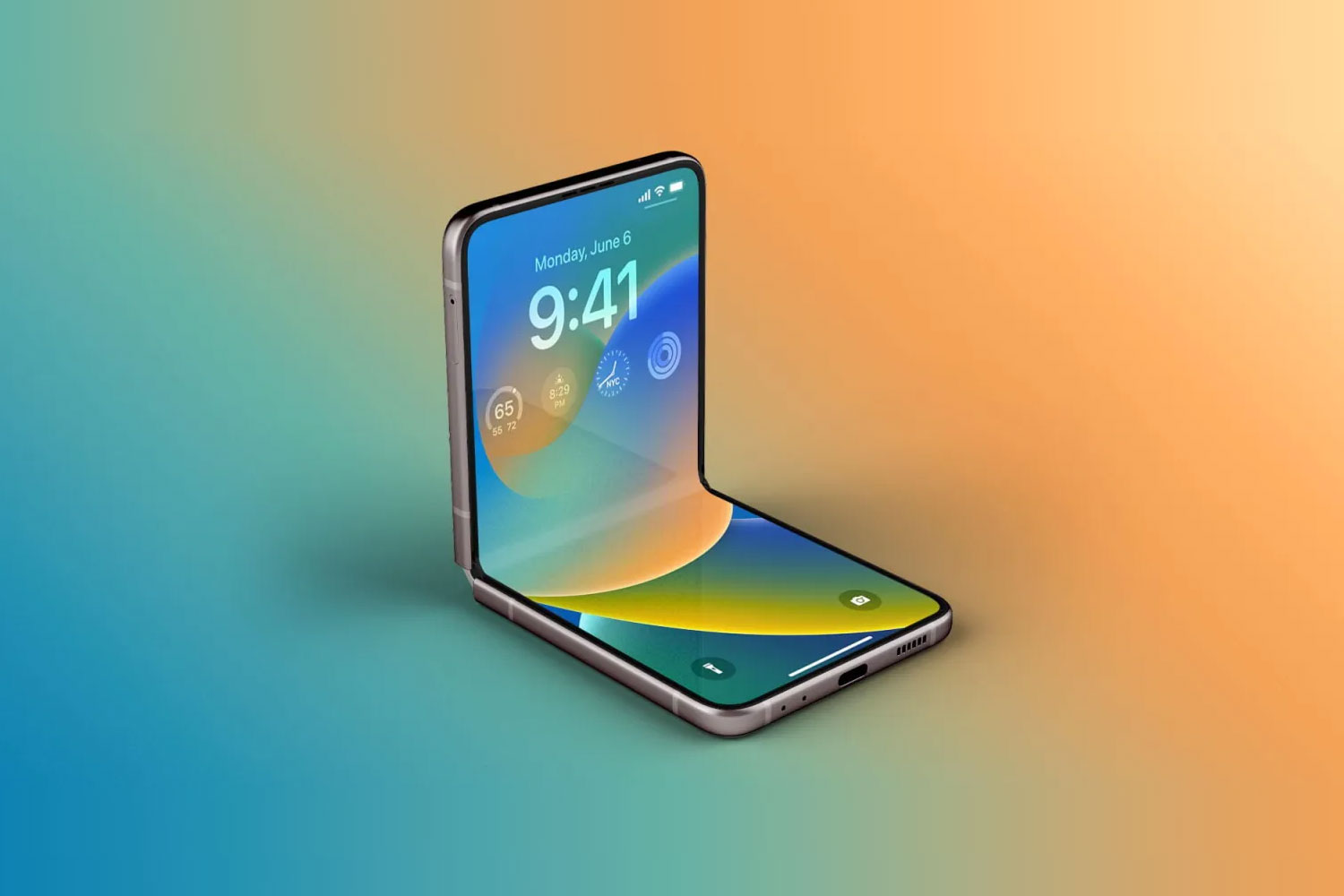
Paradoxically, these economic challenges might accelerate Apple’s plans for dramatically redesigned anniversary iPhones. A truly revolutionary device could more effectively justify premium pricing than incremental improvements to existing designs. The dual-pronged approach—offering both a glass-centric Pro model and a foldable device—provides valuable pricing flexibility, allowing Apple to establish new ceilings for what technology enthusiasts might pay for truly innovative devices.
COMPETITIVE LANDSCAPE
Apple’s 2027 timeline positions it eight years behind Samsung’s first foldable but allows observation of competitors’ missteps. Samsung currently holds approximately 75% of the foldable market but continues to struggle with screen creasing and app fragmentation. Google’s Pixel Fold has received praise for software optimization but criticism for its thick hinge.
Apple’s ecosystem integration represents its strongest competitive advantage. A foldable iPhone that seamlessly shares content with iPads and MacBooks could offer productivity benefits unavailable from Android alternatives. Similarly, a glass-centric Pro model that leverages Apple’s growing AR capabilities could provide experiences impossible on other platforms.
REDEFINING THE NEXT DECADE
The original iPhone didn’t just launch a successful product line—it created the template that smartphones have followed for nearly two decades. A dramatic reinvention in 2027 could establish an entirely new template for the next decade of mobile computing.
The timing feels appropriate for such a shift. Smartphones have reached a maturity point where year-over-year improvements increasingly feel incremental rather than transformative. A truly revolutionary redesign could reinvigorate the entire category, giving consumers compelling reasons to upgrade and manufacturers fresh territory to explore.
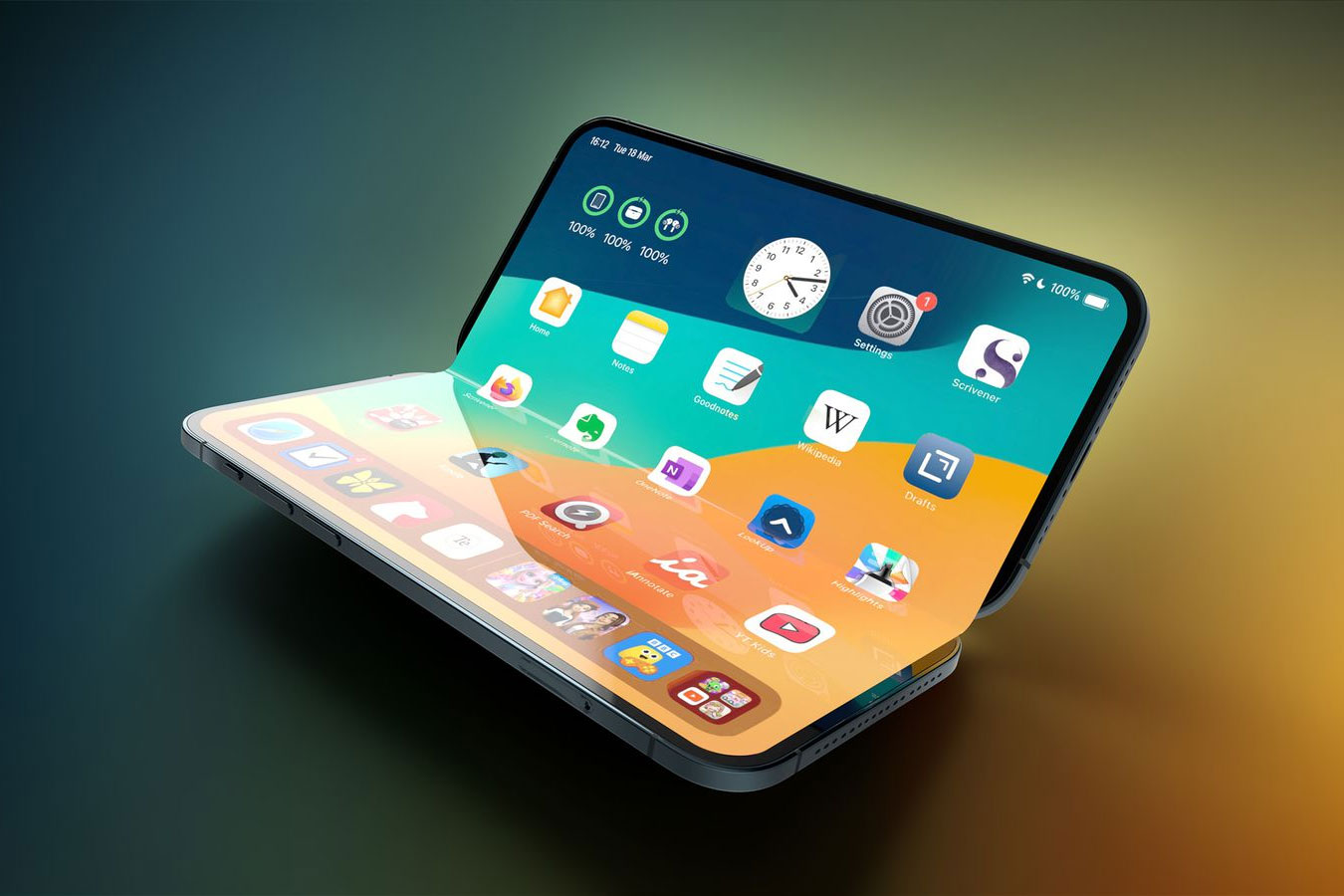
For Apple specifically, the 20th anniversary presents an opportunity to reaffirm its design leadership after years of relatively conservative evolution. The anniversary models could represent a return to the bold innovation that defined Apple’s most celebrated eras, reminding both consumers and competitors why the company has maintained its position at the industry’s forefront.
The 20th anniversary of the iPhone represents more than just another product cycle. It marks two decades since a single device transformed how humanity communicates, works, and lives. If current reports prove accurate, the 2027 models could represent an equally significant inflection point—the moment when smartphones begin their next great evolutionary leap. The countdown to 2027 has already begun, and with it, the anticipation of another potential revolution in our pockets.

